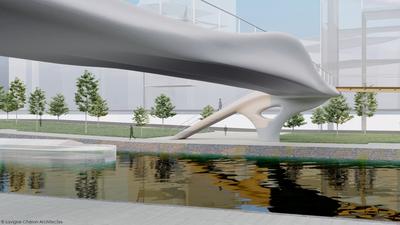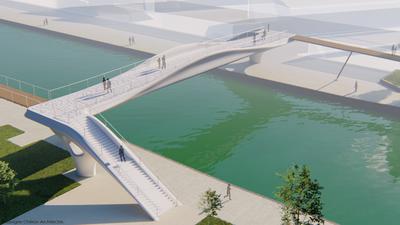Blog
The Future of 3D Printing in Engineering
Over the last five years, 3D printing technology has produced numerous incredible structures all over the world, including 3D printed houses, cabins, offices, bridges, pavilions, large-scale structures and shelters.
The craft has truly begun to capture the imagination of the masses, as low cost printers begin to make it possible for aspiring designers to create objects designed in CAD software right on their desks. 3D printing is also triggering a change in the way both small businesses and industry giants build and design their products. In education, 3D printing is now a focus in today’s engineering degrees, by studying a modern Civil Engineering degree you will learn how engineers approach industrial problems and how 3D printing can improve upon existing solutions.
make it possible for aspiring designers to create objects designed in CAD software right on their desks. 3D printing is also triggering a change in the way both small businesses and industry giants build and design their products. In education, 3D printing is now a focus in today’s engineering degrees, by studying a modern Civil Engineering degree you will learn how engineers approach industrial problems and how 3D printing can improve upon existing solutions.
So what changes and developments can we expect 3D printing to bring to structural engineering over the next 15 years?
We decided to write this blog as plans have been released for a new 3D-printed structural concrete footbridge, set to be developed in Plaine Commune Grand Paris. The footbridge is part of the development in anticipation of the 2024 Olympic Games to be held in Paris, France by a consortium of developers, designers and engineers. The main architect is Lavigne and Cheron, who are masters in 3D Printing. This 40 meter pedestrian footbridge will have a deck that will be entirely made up of 3D printed structural concrete.
This structural feat will have a long term effect on the engineering industry worldwide, pushing the technology further into the spotlight as it becomes cheaper and faster to create engineering masterpieces. 3D printing allows building designers to experiment with shapes and geometries in design that may not be financially viable with existing building techniques.
3D printing encourages freedom of design, alongside the reduction of materials and waste, leading to lower cost ratios, and a target of 60% reduction in concrete consumption for most projects. There is the ability to create free form and organic shapes that will disrupt traditional engineering and start a new design revolution. By using unconventional materials that are readily available closer to sites has also allowed an interesting development and design trend to occur.
Hanlons do not have a 3D printer, nor do we need one, but we do need to understand the technology behind them. We need to understand how they affect the work that we do with the flexibility, forms and unusual materials that may be used in future projects.
There have been some amazing 3D printing projects completed around the world, including:
An 8 metre square cabin, built in 2015 in Amsterdam by DUS Architects, designed as a tiny 3D printed house focusing on compact and sustainable housing solutions with the potential of providing disaster relief and temporary housing quickly in crisis.
The new expansion of the Lewis Grand Hotel in the Philippines which includes bedrooms, living rooms and a jacuzzi room made from a combination of sand and volcanic ash.
And lastly the Yonova House in France that only took 54 hours to print a 95 square meter house.
As 3D printing is poised to have a massive impact upon architecture, building design and manufacturing, for us at Hanlons, it will have a huge impact on our roles as engineers and surveyors.
